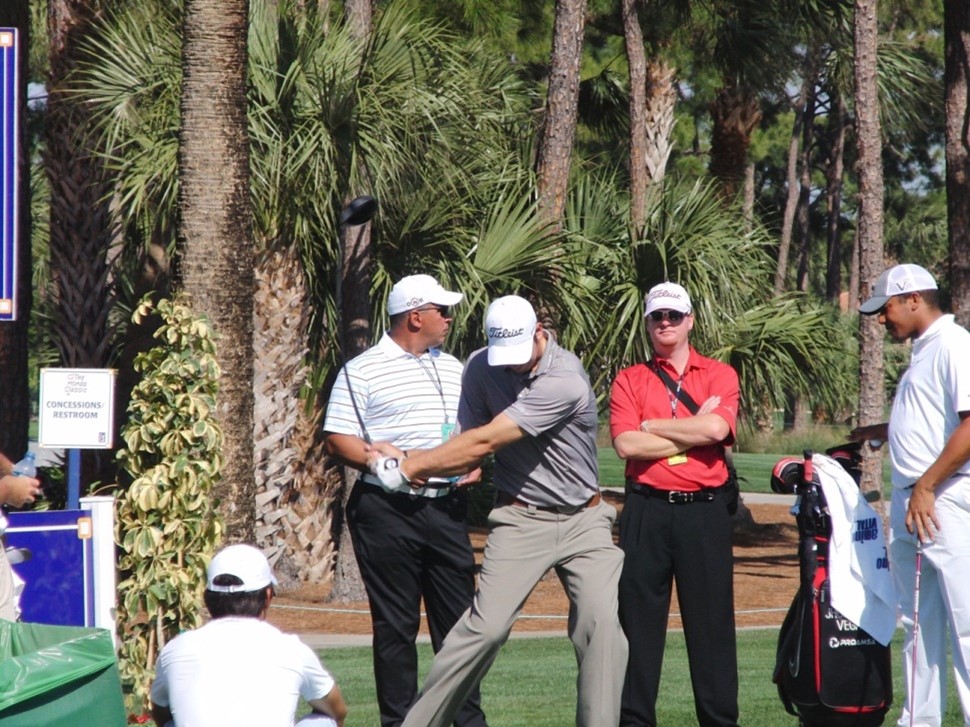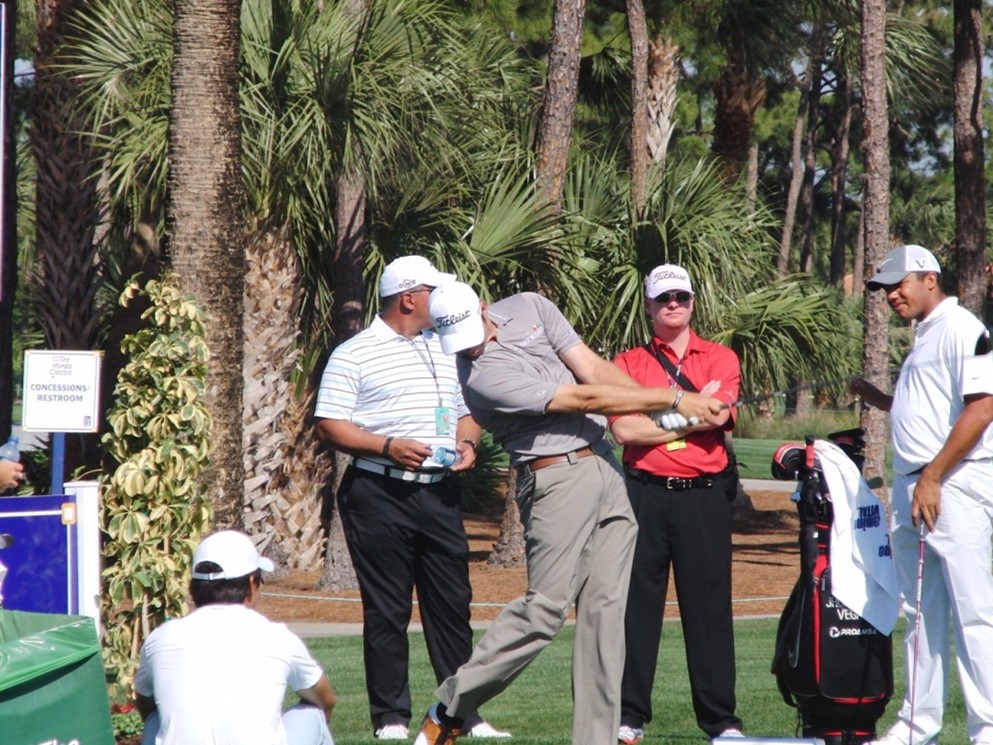Timing is a Shaky Edifice to Build Your Swing On

By Dr. T. J. Tomasi, Keiser University College of Golf Senior Faculty and Director of Research
In the consistent swing, the hands are responders, not initiators, and it is essential to note that the lower body sets up the release, thus removing from the equation the need for conscious use of the hands.
Take, for example, the 90-degree angle formed by the front arm/wrist duo and the club shaft. These angles are “collectors of energy,” and the emptying of the collectors is known as “The Release.” In a repeating swing, the release of this angle is triggered when the trail side of the body runs over a posted lower front wall formed by the front leg and hip.
Done correctly, there is no need to ‘time’ the release because the move is timed for you by the correct use of your lower body. Imagine snapping your favorite person with a towel – your weight hits your front foot, and your arm stops abruptly – sending the snap on its way.
Thus, in this regard, the best swings require the least timing, but what they do require is an active lower body that moves first to initiate the downswing energy transfers.
This is why I advise my students that since there is so little actual time until impact from the top (the downswing takes less than half a second) that your release cannot be left to a conscious effort – it must be a result of something else – namely hitting the wall established by your front leg/hip. As shown below, the front leg has formed a solid wall to hit across.


Note: how the front leg and hip have formed the wall over which the angles of power spill their treasure – down the shaft and into the ball.
Takeaway
The analogy is that the player’s arms are the horse, and the club head is the rider. When the golfer reaches the wall (or jump), the front leg and hip will suddenly slow, triggering the rider (club head) to fly over the wall on its own. This is the release. It is the same release used by Brooks Koepka, hitting a towering one iron 280 yards onto the green, and punchers like Mike Tyson and home run hitters such as Aaron Judge routinely use. To the uninitiated, these experts look like they are hitting with their hands, but they are not. Power does not come from the small muscles such as those in the hands/arms but essentially from the angles of power as they fill and empty during the golf swing.
Learn more!
Want more tips? If you want to take your game to the next level, contact our team at Keiser University’s College of Golf & Sport Management today. With our dedication and experience, together, we can elevate your game to new heights. Give us a call today at 888-355-4465.














